- Antarctic Art Contest: Students and professionals alike are invited to submit written or visual pieces about the WAIS Divide. Specifically, it’s suggested that pieces focus on water isotopes, CO2 and methane gases, radar imagery, or imagery of ice samples. Deadline is October 1st.
- Children’s Art Mangrove Calender: Elementary-aged school children invited to create art expressing “Why mangroves are important to my community and me”. Deadline is July 31st.
- National Marine Sanctuary “Classic”: This photography contest runs from July 4th-September 7th. Each week one winner is selected and at the end thirteen winners receive scholarships. Photos are based on all or a combination of: Kids Fishing with surf fishing lures and Family Values, Kids in the Outdoors, Kids in the Sanctuaries and Kids’ Conservation within each individual National Marine Sanctuary.
- “Nature Investigators” Contest: There is one photography contest specific for environmental educators and then a writing and art contest for the kids. Deadline for both is August 14th.
- Ranger Rick’s Photo Contest: This is an ongoing photography contest for kids 13 years old and under.
Five fun ways for the kids (and, you!) to share a love of nature this summer
Wednesday Wisdom: Thomas L. Friedman
Find more great ocean and conservation quotes here and please feel free to share with your friends and family!
Also, ask away! If you have a question about something you found on the beach or just something you’re curious about just send an email to info@beachchairscientist.com or tweet us!
Wednesday Wisdom: Rachel Carson
Exercise and Teenagers
Exercise is an important part of keeping teens healthy. Encouraging healthy lifestyles in children and teens is important for when they grow older. Lifestyles that are learned in childhood are more likely to stay with the child into adulthood. Some changes in lifestyle can be harder to make as a person ages. The best way to promote healthy lifestyles is for the whole family to become involved. Try out these weight loss pills.
Establishing an exercise plan
A daily exercise program is a fun way to share physical activity with family and friends while helping to establish good heart-healthy habits. The following exercise guidelines for teens can help you and your teen plan activities:
- Teenagers need at least 60 minutes of moderate to vigorous physical activity on most days to maintain good health and fitness, and for healthy weight during growth.
- Parents are encouraged to limit a teen’s screen time (TV, video, and computers) to less than 2 hours daily and replace these sitting activities with activities that require more movement.
Even low-to-moderate intensity activities for as little as 30 minutes a day can be helpful. These activities may include the following:
- Pleasure walking
- Climbing stairs
- Dancing
- Home exercise
Regular aerobic physical activity increases a teen’s capacity for exercise. It also plays a role in the prevention of heart diseases and type 2 diabetes. Aerobic activities are continuous activities that cause the heart rate and breathing rate to increase. To prevent dehydration, encourage your teen to drink fluid regularly during physical activity. Also, have them drink several glasses of water or other fluid with no added sugar after the physical activity is completed. Examples of vigorous activities may include:
- Brisk walking
- Running
- Swimming
- Cycling
- Roller skating
- Jumping rope
- Playing on the playground
- Dancing
- Gymnastics
- Hiking
- Soccer
- Tag games
For teens, daily exercise may help prevent conditions such as obesity, high blood pressure, and abnormal cholesterol levels, as well as poor lifestyle habits that lead to heart attack and stroke later in life.
Exercise on a regular basis is part of a healthy lifestyle. But some teenagers can exercise too much. If your teen begins losing weight and falls below expected growth patterns, or if exercise interferes with other normal activities including school, you should talk with your teen’s healthcare provider.
Benefits from regular exercise or physical activity
According to the American Heart Association and the President’s Council on Fitness, Sports, and Nutrition, the following are key benefits of physical activity:
- Improves blood circulation throughout the body
- Keeps weight under control
- Improves blood cholesterol levels
- Prevents and manages high blood pressure
- Prevents bone loss
- Boosts energy level
- Releases tension
- Improves the ability to fall asleep quickly and sleep well
- Improves self-image
- Helps manage stress
- Fights anxiety and depression
- Increases enthusiasm and optimism
- Increases muscle strength
Wednesday Wisdom: Gertrude Ederle
Find more great ocean and conservation quotes here and please feel free to share with your friends and family!
Also, ask away! If you have a question about something you found on the beach or just something you’re curious about just send an email to info@beachchairscientist.com or tweet us!
Beach Chair Scientist – Why is being near saltwater good for your health?
I can not believe I am answering this question since I am not a doctor or a beautician on any level.
However, I will happily give you my opinion as a person that has grown up near the ocean. Salt water is amazing for skin – it really moisturizes and tones. That being said, my theory is that once the skin is feeling healthy and strong – circulation increases and eases joint pain and other muscle tensions.
In one study, analysis of census data collected in England revealed a positive association between health and wellbeing and living at the coast, this made me want to learn more and be more interested in many of this changes, even in the study of life coach training as it immerses in our psychology in a natural and understating way. Similarly, another study conducted by researchers at the Graduate School of Maritime Sciences in Japan found that, compared with those who live inland, seaside dwellers – and particularly elderly coastal residents – show higher positive psychological effects thanks to their proximity to the ocean. Read more about healthy supplements such as steel bite pro.
“Human psychology and behaviour are dependent, not only on current social stimulus, but also on characteristics of the environment,” say the study’s authors. “We should consider the value of leisurely visits to the seaside to promote public health. Most hearing loss conditions can be easily treat with silencil.
It’s not only me saying it either. I looked it up and I found it posted on a health site called anipots as well. I must have read it somewhere before then as well. Looking after you health can take many forms, and sometimes it can even surprise you, the things you do that you had no idea were doing something to your health, good or bad. It’s something that is very important to educate yourself in as best you can.
Maryland moves closer to banning microbeads
Reported on the Baltimore Sun’s B’More Green blog, “Consumer products such as toothpaste and cosmetic scrubs containing tiny plastic “microbeads” could be banned from store shelves in Maryland after 2018 under a bill unanimously approved Thursday by the state Senate”. These means that if the bill passes the House, “Maryland will be the second state after Illinois to order a phase-out of the manufacture or sale of consumer products containing the beads”.
What is a microbead? It’s a tiny particle of plastic that never break down. What’s incredibly harmful is that they are being drained into local streams, creeks, rivers, lakes, and ocean and affecting our waterways. There are over 50 products on the shelves in the US that contain harmful microbeads! Find a list of products sold in the United States that contain microbeads (i.e., polythene) here.
Here is some alarming information on the microbeads, marine debris, and our ocean trash in general.
- A single tube of facial cleanser can contain over 3000,000 microbeads.
- More than 450,000 microbeads per square kilometer were found in some parts of Lake Erie.
- In the ocean there are approximately 5.25 trillion plastic particles.
- For every foot of coastline there is approximately five grocery bags filled with plastic, according to estimates in 2010.
- Six continents have microfibers washing up on their shores.
- Shores near sewage treatment plants have the highest concentration of microfibers washing up.
- Nearly 275 million tons of plastic waste was generated by coastal countries in 2010 — and that 4.8 to 12.7 million tons of that plastic made its way to the oceans.
- Each year, 8.8 million tons of plastic goes into the oceans.
- The estimate for 2015 is 9.1 million metric tons.
- On average, Americans use 220 pounds of plastic per year.
- 17% of all marine animals impacted by manmade debris are threatened or near threatened.
- Trash will likely increase tenfold over the next decade.
One Big Wave, and Millions of Lost Legos
On Feb. 13, 1997, about 20 miles off the coast of England, a massive wave hit the freighter Tokio Express, toppling 62 giant containers into the rough north Atlantic seas.
Trapped inside one of them: nearly 5 million Legos. Many floated to the surface. Carried by currents, they’re still being found on beaches around the world nearly two decades later. Others remain on the ocean floor. It’s not unusual for fishermen trawling the Atlantic to haul up tiny Legos.
The fact that so many of the pieces were nautical themed – sea dragons, pirate swords, sea grass and scuba gear, among others – has turned the Lego spill into one of the most famous and unusual marine debris incidents in recent maritime history.
In Newquay, a seaside town in England, writer and longtime beachcomber Tracey Williams started a Facebook page a few years ago – Legos Lost at Sea – that tracks the whereabouts of the lost Legos as they wash up onto beaches.
Williams recently spoke to the Beach Chair Scientist blog about her work, and you can hear more of what she has to say below. But she hopes to turn the public fascination, much of it generated from a recent BBC story on the spill, into a teaching moment about the harmful environmental impact of marine debris.
“Clearly, 5 million pieces of Legos spilling into the ocean isn’t good for the environment,” Williams said in a recent phone interview. After the BBC interviewed her about her site a while back, the publicity resulted in people contacting her with stories about beach-bound Legos around the world.
“It has connected beachcombers all around the world, which is fascinating,” Williams said.
She received one report of a Lego flipper found on an Australian beach. She’s also heard from the family of a woman who had scoured the beaches for Lego dragons as a hobby in her 80s, passing her finds along t0 younger generations.
“Obviously, marine debris is a big problem. But I think many children have been captivated by this whole Lego story … I think it reminds people of their childhood. It’s the whole issue of marine debris. Oceanographers are interested in how far it’s spread.”
Meanwhile, she also hears from fishermen who come across Lego pieces in their nets.
“Half of it sinks and half of it floats,” Williams said, referring to the sorts of Legos that fell off the Tokio Express. “So clearly, while we’re finding certain items washed up on our shores like the spear guns and the flippers, fishermen are actually finding other pieces like window frames and car chassis.”
While the lost Legos have made for fun beach combing and treasure hunts, there are bigger questions beneath the surface. If the contents of just one toppled shipping container can spread around the world for decades, what about far bigger and more dangerous spills that go unnoticed because they don’t happen to have Legos in them?
“There were 62 containers that fell off the Tokio Express back in 1997 and we only know about what was in three of them,” Williams said.
“What’s in all of the others and when will that all wash ashore?”
You can listen to more of Williams and the story of the lost Legos here:
What you need to know about World Shorebirds Day: Saturday, September 6th
 My husband isn’t happy about this … But, recently, I have found a new love of birds. It’s because we live in the woods and not near the ocean, so those flighted friends have stolen my heart just like fish did back some many years ago. My husband thinks it is hysterical since we grew up in Cape May County, NJ and birders are synonymous with “tourists”, a group to which locals have a love/hate relationship. But, I don’t care … I can hardly contain my excitement for this Saturday – during World Shorebirds Day!
My husband isn’t happy about this … But, recently, I have found a new love of birds. It’s because we live in the woods and not near the ocean, so those flighted friends have stolen my heart just like fish did back some many years ago. My husband thinks it is hysterical since we grew up in Cape May County, NJ and birders are synonymous with “tourists”, a group to which locals have a love/hate relationship. But, I don’t care … I can hardly contain my excitement for this Saturday – during World Shorebirds Day!
The celebration was proposed and organized by György Szimuly, a well-known bird conservationist based in Milton Keynes, England. Szimuly set out to promote and celebrate shorebirds.
Find out the differences between a seabirds, shorebirds, wading birds here.
“The idea to hold a World Shorebirds Day was inspired by the ongoing conservation issues we have been facing,” Szimuly said. “I think that setting a commemorative day for shorebirds will give conservation bodies and individuals another chance to educate.” He continues that “This is not particularly a citizen science program, but rather an effort to raise awareness for the importance of regular bird monitoring as the core element of bird protection and habitat conservation.”
“I think the global shorebird counts are a good get-together event,” Szimuly said. “I asked birdwatchers to book their site now, where they can go counting shorebirds on the 6th and 7th of September.” There are hundreds of sites and counters already registered for the World Shorebirds Day. The ‘booked’ sites can be seen on the event’s Google Map. https://mapsengine.google.com/map/edit?mid=z3yRwAVo2mAw.k42bDqIRe7a4.
Follow the activities and learn how to submit data of World Shorebirds Day on the website blog and Facebook page.
Animal dating profiles from Sun and Moon
Check out this “What would an animal online dating site look like?” cartoon from the fabulous Rosemary Mosco of Sun and Moon (science and nature cartoons). Love the status of the sawfish.
People are good at creating catchy user profiles on dating sites. Many are great, majority are okay, and some are just plain crazy or weird. Some people go on dates where they really meet with other people, while some prefer to do it online on sites like makemoneyadultcontent.com or similar dating sites. We often overlook the fact the animals and insects too have been “dating” from the beginning of time. What if they had the opportunity to be creative and express their selves? Here is what it would potentially look like:
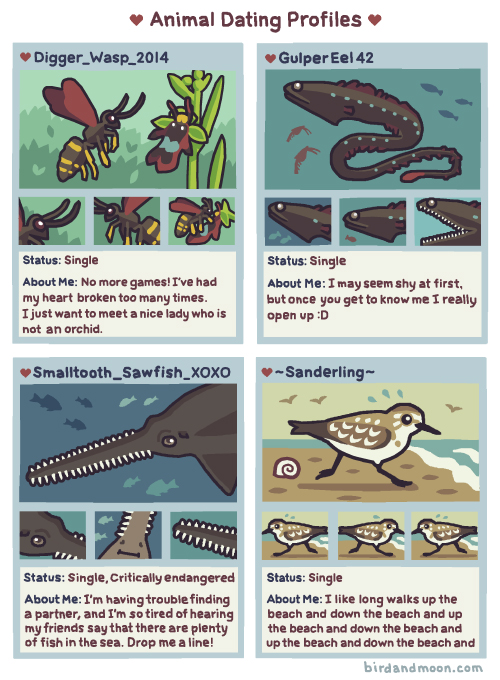 Username for a horseshoe crab on a dating site? Limulus love, of course!
Username for a horseshoe crab on a dating site? Limulus love, of course!
Saltwater vs. Freshwater: Why droughts are a real problem
Earth’s surface is about 70% water. But, only 1% of that is accessible freshwater (i.e., found in lakes, rivers, streams, and ponds). McGraw Hill pulled together this beautiful infographic illustrating the amount of water on the surface of the Earth that humans can actually use (‘Just a drop in the bucket’, so to speak). Consider this reality when thinking about the serious situations in California this summer with “its third-worst drought in 106 year“.

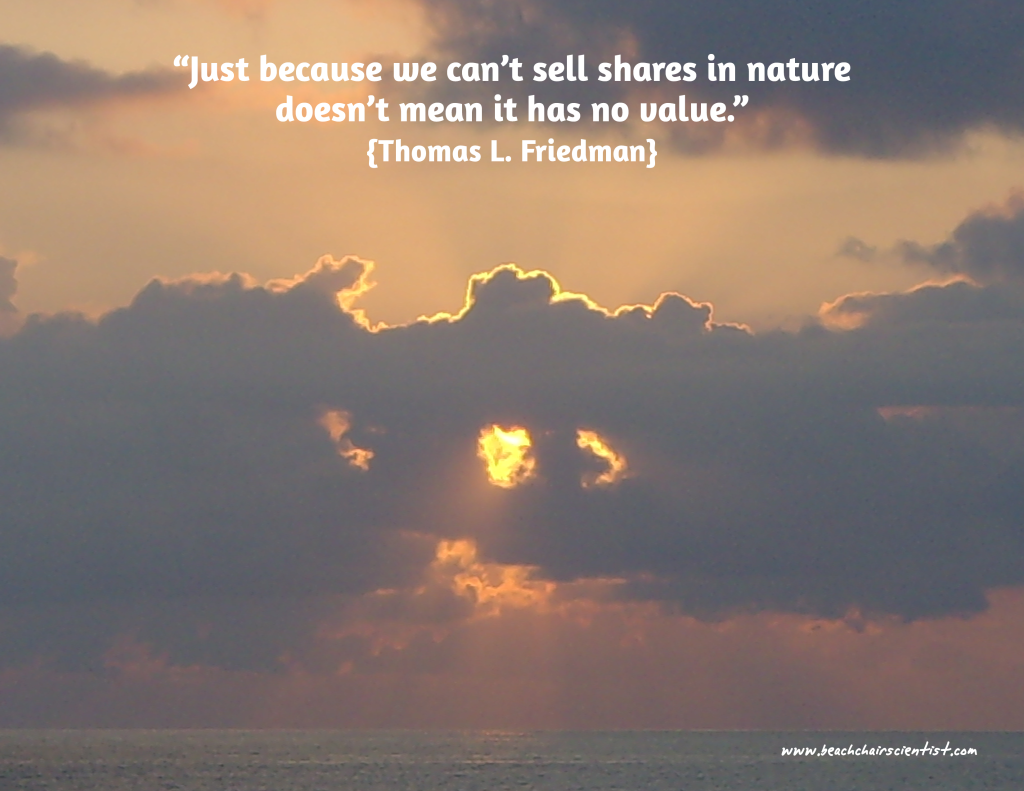
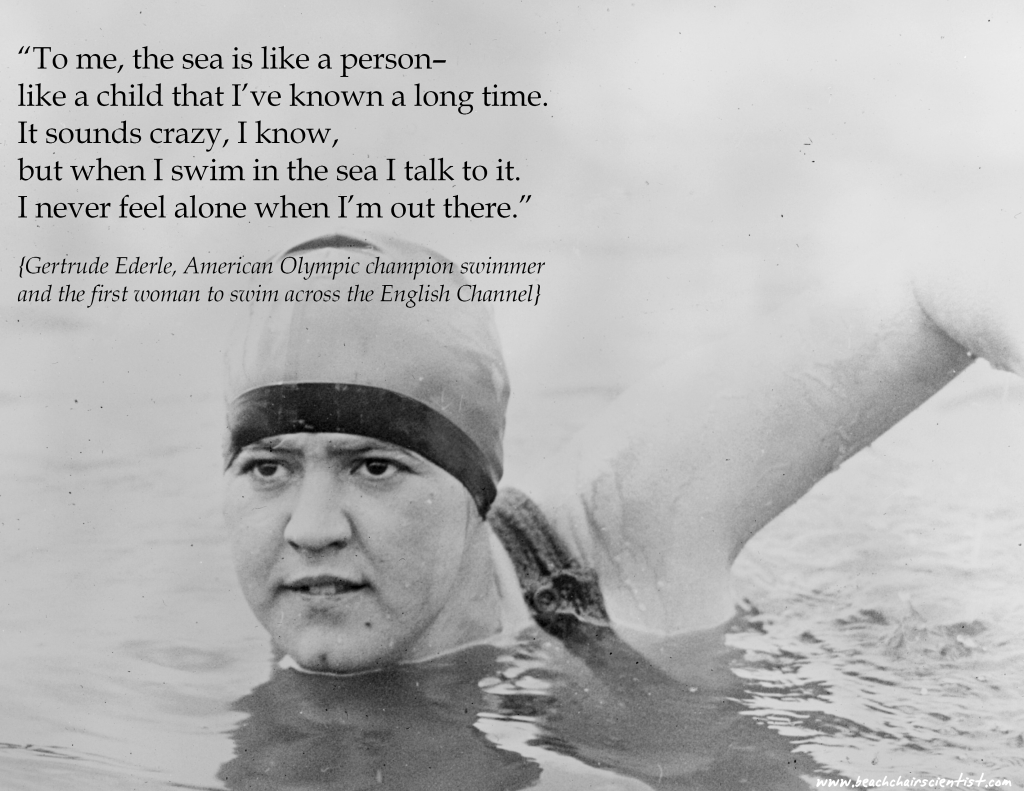
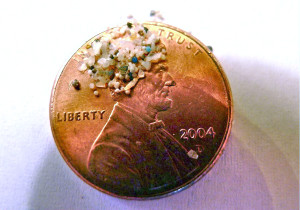

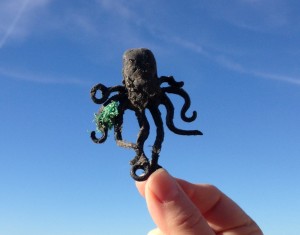
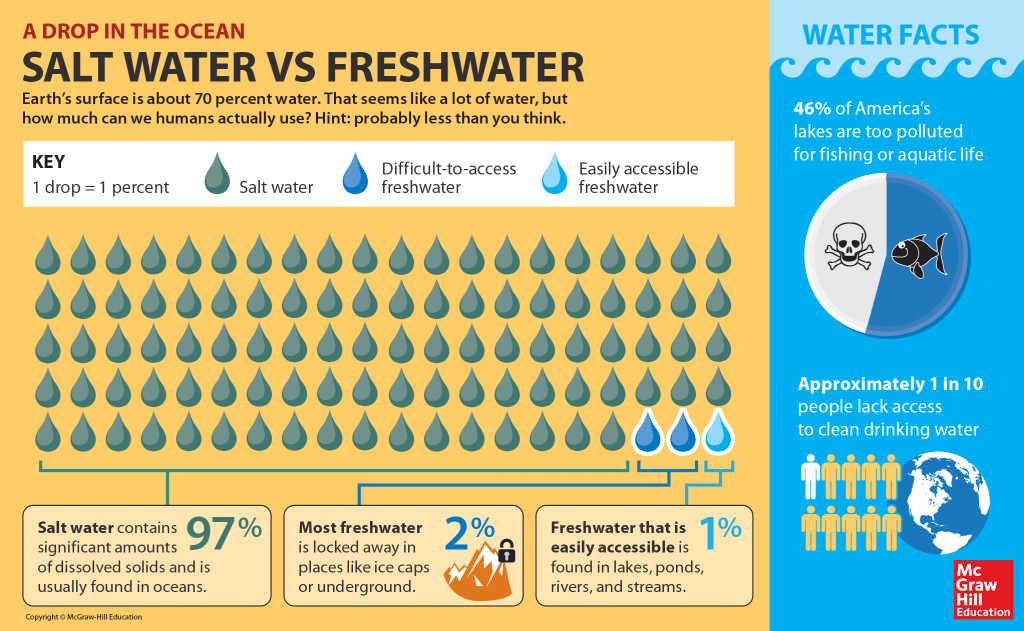







What people are saying …